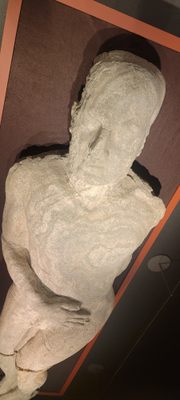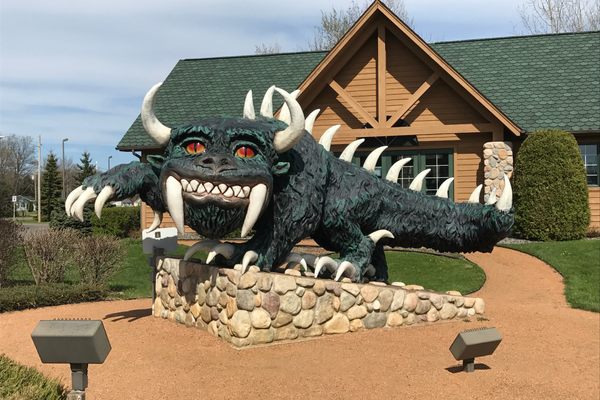About
The Cardiff Giant, a gigantic ten-foot tall stone man, emerged out of the ground and into American life on October 16, 1869, when he was discovered by some workers digging a well behind the barn of William C. "Stub" Newell in Cardiff, New York.
Word of his presence quickly spread, and soon thousands of people were making the journey out to Stub Newell's farm to see the colossus. Even when Newell began charging 50 cents a head to have a look at it, people still kept coming.
It was actually the creation of an enterprising New York tobacconist named George Hull. The idea of burying a stone giant in the ground occurred to him after he got into an argument with a Methodist Reverend about whether the Bible should be taken literally. Hull, an atheist, didn't think it should. But the Reverend disagreed. The Reverend insisted that even the passage where it says "there were giants in the earth in those days" should be read as a literal fact. According to Hull, after this discussion he immediately "thought of making a stone, and passing it off as a petrified man." He figured he could not only use the fake giant to poke fun at Biblical literalists, but also make some money.
The Cardiff Giant was so successful at making money that P.T. Barnum (father of the Fejee Mermaid) had his own giant sculpted, a fake of a fake. The New York Historical Association bought the giant for $30,000 and brought it to Cooperstown, where it now resides at the Farmers' Museum.
Related Tags
Know Before You Go
The giant can be found in the main building of the Farmer's Museum, a mile north of town on Hwy 80 (Lake Rd.)
Community Contributors
Added By
Edited By
Published
June 21, 2009






























